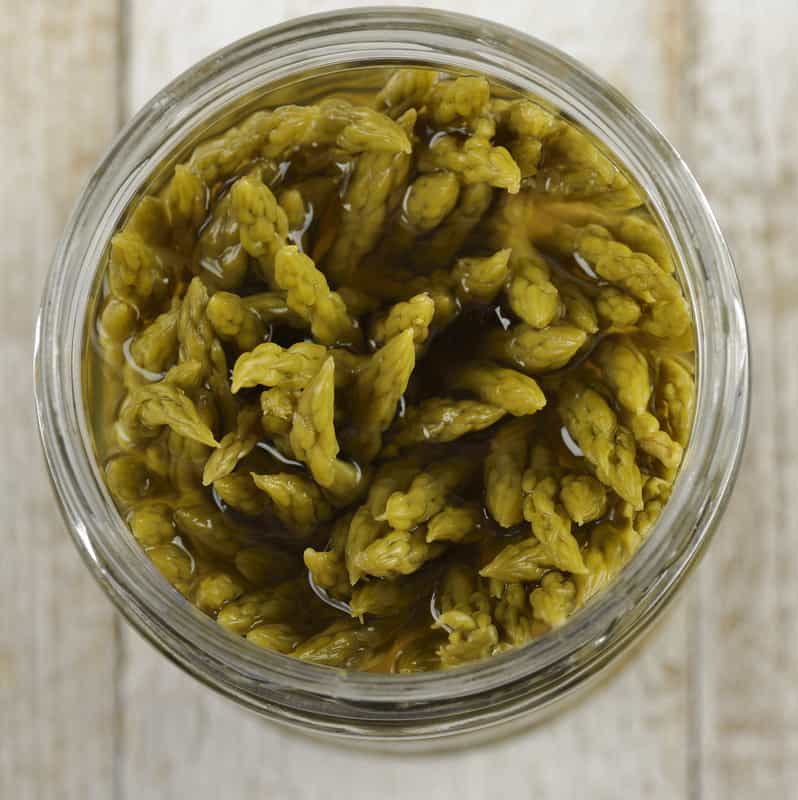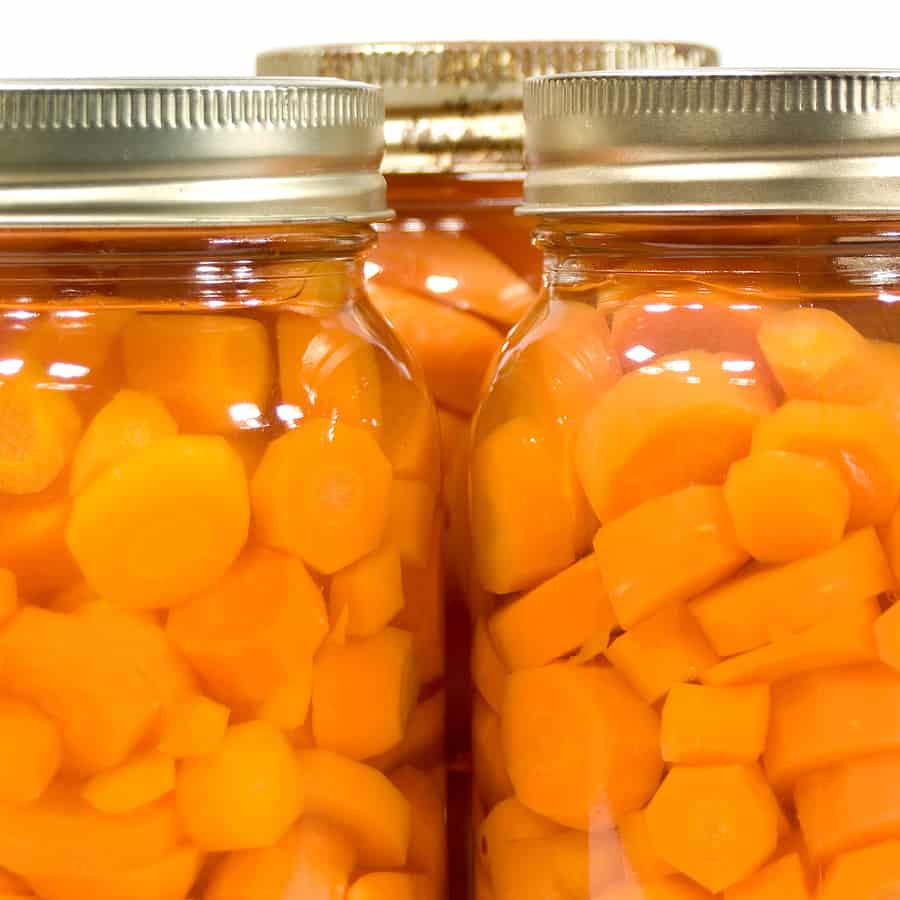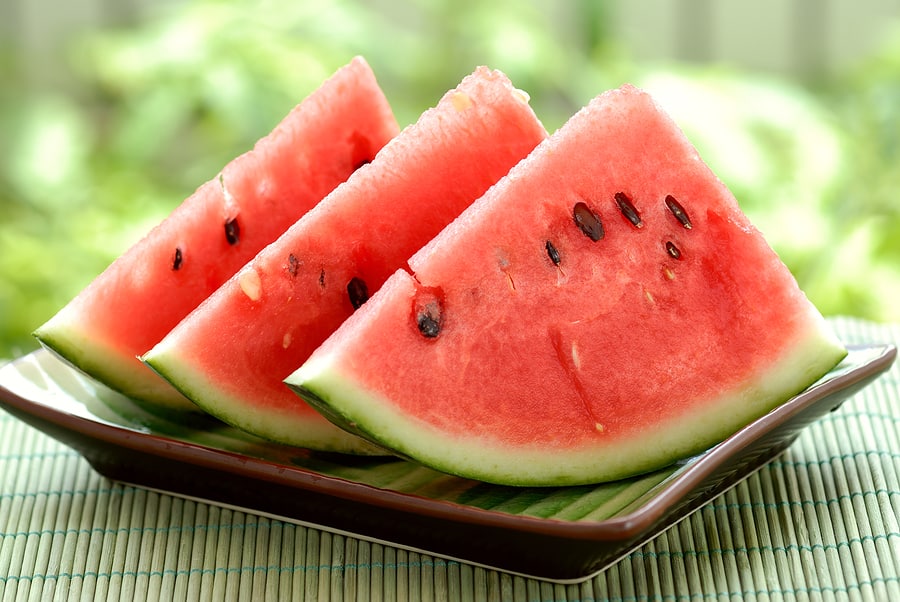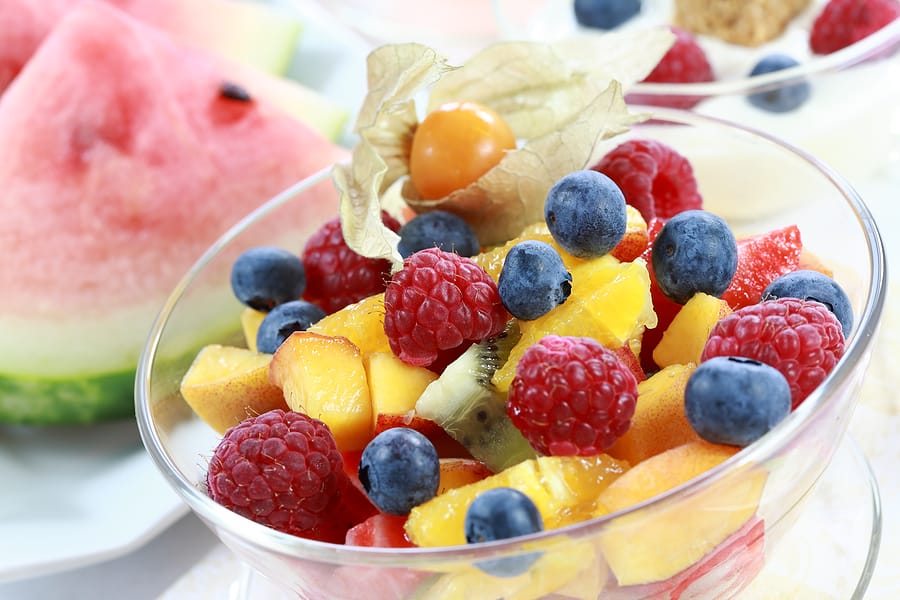Canning the Asparagus Harvest
Home grown asparagus can be cut for canning the second spring after planting. The harvest time lasts 4 to 6 weeks and begins when temperatures rise above 55°F. Then asparagus sends up stalks from its thick underground roots. Asparagus stalks grow 2 to 3 inches a day in cool weather, 7 to 8 inches a […] More












